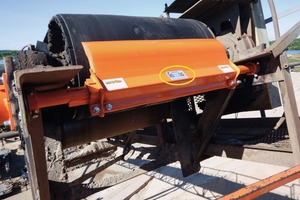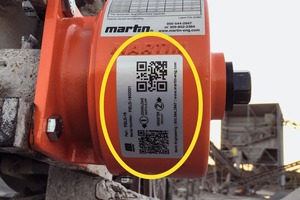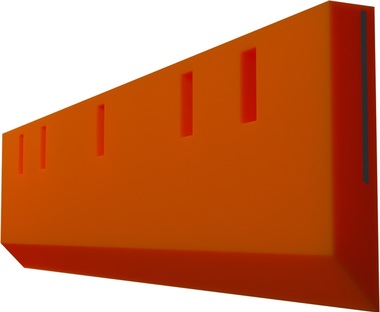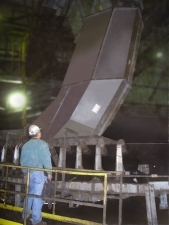Conveyor Systems Tracking Technology
As bulk handling equipment suppliers continue to make use of new and evolving technologies to develop “smarter” conveyor systems, a leading global manufacturer has introduced data tracking with QR codes on its belt cleaners and other components. Customers benefit from regularly-scheduled inspections by factory-trained and MSHA-certified technicians, providing operators with easy access to a wealth of data on the application, operating environment, service life and condition of conveyor components, updated on every belt cleaner maintenance visit. By avoiding the common “run it until it breaks” approach to conveyor maintenance, a Martin Engineering proprietary smart phone app gives technicians and customers a tool that helps maximize performance and service life – while minimizing carryback and spillage – to improve safety and reduce unscheduled downtime.
Currently being implemented in select markets around the world, the new tracking program captures a wide array of information to create a detailed record on all components. Date codes are imprinted on the blades during manufacture – very important for urethane because it has a limited shelf life – and technicians also affix tags on existing equipment to begin monitoring condition and recording observations. Conceived as part of Martin Engineering’s factory-direct ‘Mr. Blade’ program, technicians perform regularly-scheduled inspections and adjustments, with an 18-point operational assessment from head pulley to tail pulley and a report for each visit. The visual inspections include the condition of pulleys, belts and idlers, as well as belt tracking, sealing, support and containment. This constant vigilance contributes to greater safety, efficiency and dependability of the conveyor systems, minimizing hazards and unplanned outages.
With the new tagging and capture ability, component data can be recorded and analyzed in much greater detail than ever before. Every inspection a technician makes will be logged in, along with operational factors such as the material being handled, conveyor speed and remaining wear life, as well as visual observations and other info. The overall goal is to deliver more effective control of bulk material, improving predictive maintenance scheduling and contributing to a lower total cost of ownership.
The tagging program allows the company to maintain detailed information about the product’s date of manufacture, installation and service history, giving customers access to the data through a smart phone or other device. “Eventually we will have enough data points to make more accurate predictions about the performance and wear life of individual blade designs and materials of construction under specific operating conditions,” Chris Schmelzer, Director of the Wear Components Business Group for Martin Engineering said. “Defining average wear life is extremely difficult because of the number of variables, but having this information will allow us to compare blade performance in similar applications and come up with a range and standard deviation.”
Data tracking and analysis have been in use by manufacturers of sophisticated equipment for several years, but the new program developed by Martin Engineering is believed to be the first of its kind for conveyor components. The company already has plans to expand the asset tagging program to its air cannons and other equipment over time.
//www.martin-eng.com" target="_blank" >www.martin-eng.com:www.martin-eng.com








